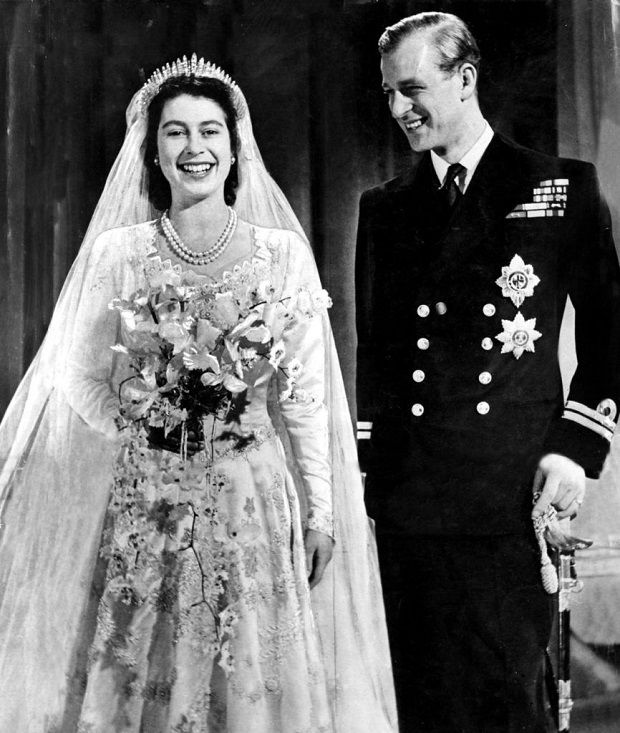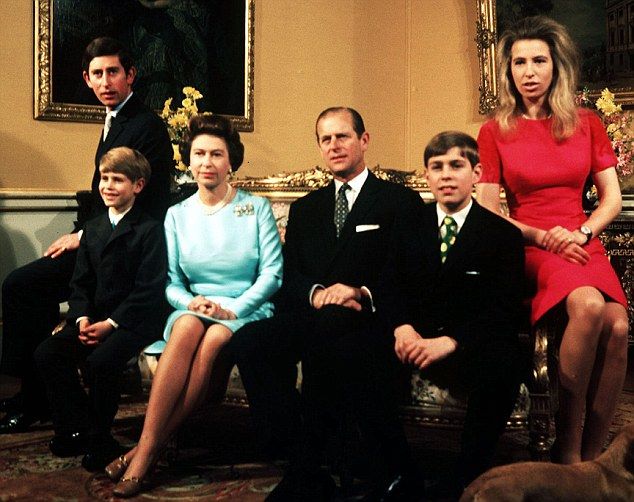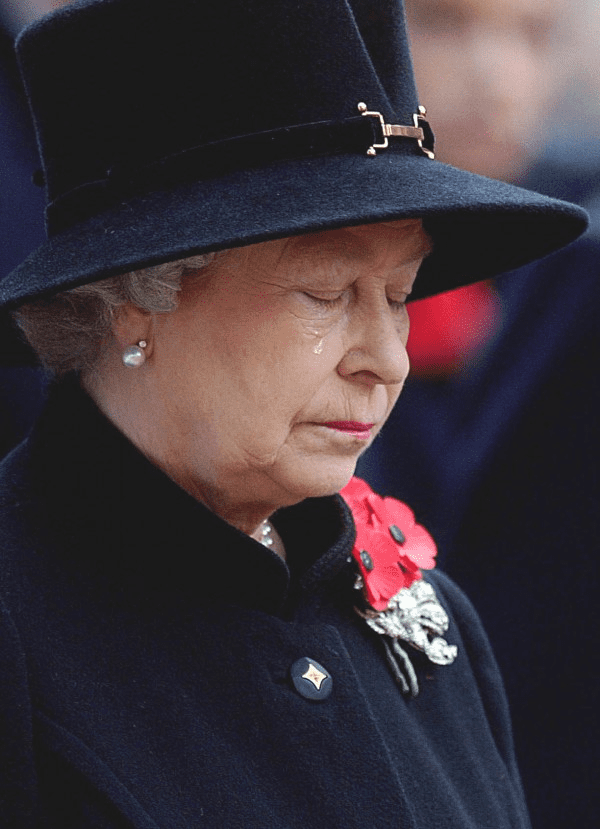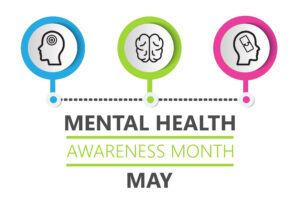Queen Elizabeth II’s life has been a journey like no other. Throughout her reign she has been United Kingdom’s symbol of continuity and stability. From her many visits to nations around the world to the unwavering respects of her subjects and peers. “The warmth and hospitability with which her majesty has been received is an indication of how the visit is appreciated,” – Nelson Mandela, during Her Majesty’s visit to South Africa in 1995.
As Queen, Elizabeth weathered criticisms, sorrow, and tragedy. She also enjoyed great heights of unprecedented popularity. At a very early age, she was called upon to lead the British empire and to this end, she devoted her life. She increased the work of the monarchy and in the tradition of her late father, delivered her duty with dignity and compassion. “Like all special friends, we can talk frankly, and we can disagree from time to time,” – Queen Elizabeth II.
Queen Elizabeth II was the genuine article, a loving wife, grandmother, and great-grandmother to her family. She brought new trends of modernization and openness within the monarchy which had kept the institution relevant in an ever-changing world.
A Look at her Life as British Royalty
The Queen has sat on the throne since 1952

1926
- Princess Elizabeth Alexandria Mary was born April 21st . She was the first child of the Duke and Duchess of York subsequently King George VI and Queen Elizabeth.
- Four years Later she gained a sister, Princess Margaret.
- At age just eleven, her grandfather the King died and her uncle Edward succeeded him.
- Later that year, King Edward VIII abdicated after his proposed marriage to divorced socialite Paula Simpson resulted in constitutional crisis.
- Elizabeth’s father was now King and she became second in line to the throne.
1945
- During WWII when aged jus 18, she first bore the full weight to regal office whilst the King was on a tour of the Italian battlefields, she performed many of his official duties as Head of State.
- Elizabeth joined the Women’s Auxiliary Territorial Service and was trained as a driver and mechanic.
1947
- After the war, the Princess accompanied her parents on a tour of South Africa and on her 21st birthday, she pledged her devotion to the monarchy.
- It was then announced that Princess Elizabeth will marry her true love, Phillip Mountbatten of Greece and Duke of Edinburgh who later became Prince Phillip.
- Princess Elizabeth and Prince Phillip, Duke of Edinburgh were married November 20th, at Westminster Abbey in front of 2,000 guests.

1948
- Princess Elizabeth and Prince Phillip, welcomed their first child, Prince Charles.
- Two years later, Anne, Princess Royal was born, a sister for the prince.
1951
- The health of King George VI declined, and again Elizabeth was called upon to stand in for her father at public events.
- Princess Elizabeth and the Duke of Edinburgh headed on a coast-to-coast tour of Canada for 14 days. United States, Australia and New Zealand.
- On a stop-over in Kenya, the Princess received the news that her father has passed and she immediately returned home.
1952
- In December, King George VI died due to coronary thrombosis and Princess Elizabeth’s title was elevated to her Majesty The Queen.
- The Queen would face the first scandal that rocked the royal household. Her sister, Princess Margaret had fallen in love with a divorcee, Group Captain Peter Townsend. The Queen, of course, did not approve and used the authority of her position to prevent the sister from marrying him.
- Townsend was later banished and exiled abroad to an embassy in Brussels.
1953
- On June 2nd, The Queen coronation was held at Westminster Abbey at the age of 27 despite the death of the Queen’s grandmother, Queen Mary, several months earlier.
- Her Majesty’s coronation was watched by millions of people worldwide.
- She was sovereign monarch of the United Kingdom and 14 other commonwealth countries, including England, Northern Ireland, Scotland, Wales and more than a dozen commonwealth nations
- In November, The Queen’s coronation tour, which she embarked on with Prince Philip in November took her across the Commonwealth, travelling 45,000 miles around 11 countries and five continents.
- The kingdom she inherited from her father was a confident one. The war had ended and the year had proved to be a golden one giving Britain a sense of optimism. Most importantly, the nation was beaming with affection and hope for its new young queen.
- Despite the jubilation for the new queen, the British government believed some countries might drop out of the empire.
- The Queen discovered that the high esteem and affection in which the new monarch was held was not confined merely to the United Kingdom.
- She was able to gauge for herself her extreme popularity throughout the commonwealth and her many realms.
- Queen Elizbeth II was the most widely traveled Head of State in history and became the first reigning Monarch to circumnavigate the globe.
1957
She opened the Canadian parliament becoming the First Monarch of Canada to open a parliamentary session. On behalf of the commonwealth, she made a state visit to the United States and addressed the General Assembly at the United Nations.
1960
- February 19 Prince Andrew was born.
- At birth, he was second in line in succession to the throne, however as time had passed and more babies had been born into the royal family, Andrew became fourth in line.
1964
- March 10 Prince Edward was born.
- The youngest son of Queen Elizabeth II

The royal family appeared to be the ideal model of the British family but it had been reported that The Queen’s relationship with her children had, at times, been distant. She had always put her role above all personal concerns including her children.
The 1960s and 1970s
The years saw an acceleration of a Decolonization of Africa and the Caribbean. Over 20 countries gained independence from Britain and the Queen’s empire was diminishing before her very eyes.
1972
- The former King, who abdicated for love, Edward The Duke of Windsor died of throat cancer.
- The Queen and Prince Phillip celebrated their silver wedding anniversary.
1977
A national poll revealed that 42 percent oof Canadians believed the Prime Minister was the Head of State while only 37 percent correctly named The Queen as the formal executive
The Queen celebrated the Silver Jubilee of her accession to the throne amidst negative press coverage of Princess Margaret’s separation from her husband.
1980
The announcement of Prince Charles and Lady Diana Spencer’s engagement.
1981
- July 29, Prince Charles, the Prince of Wales and Lady Diana Spencer, Princess of Wales were married.
- Leading up to the wedding, The Queen was shot at by a 17 year old man during the Trooping of the Colour ceremony and was later arrested. The monarch was shaken by the event, but quickly regained her composure and continued like nothing happened.
1982
- The Queen gained a grandson, Prince William. The Monarch had been known to be very close to her grandchildren particularly Prince Williams of Wales and Zara Phillips.
- The Queen had awoken in her bedroom in Buckingham Palace to find an intruder in her room. Remaining calm, she made two calls to the palace police switchboard. Elizabeth spoke to the man while he sat at the foot of her bed until assistance arrived 7minutes later.
- She hosted US president Ronald Reagan at the Windsor Castle but the following year, it was reported she got quite upset when President Reagan’s administration ordered the invasion of Grenada, one of her Caribbean Realms without notifying her.
- The Irish Republican Army (IRA) brought its country’s war for independence to the doorsteps of Queen Elizabeth II. A car bomb exploded as Blues and Royal troopers made their way to the Changing of the Guard ceremony. Four men and seven horses were killed and this brought about the start of a fifteen year period that will test the British Monarchy to its very limit.
1983
- The Queen traveled to India to award Mother Teresa, The Order of Merit and on another occasion she also presented her with the Nobel Peace Price.
1992
The Most Tempestuous Year for The Monarch

- The marriages of Prince Charles and Princess Diana, Prince Andrew and Sarah Ferguson, Princess Anne and Captain Mark Phillips hit the rocks and brought about more negative publicity surrounding The Queen.
- The breakdown of their marriages gave the public an image of the royal family described as dysfunctional and self-obsessed. Her Majesty, it seemed, was all but forgotten as the nation focused its attention on the ups and downs of the younger generation royals.
- The Queen traveled to Australia to celebrate 200 years of permanent European settlement where she opened a new parliament house building. Protesters heckled The Queen and prevented her from hearing the Royal Anthem whilst demonstrators turned their backs on the ceremony.
- Windsor Castle went up in flames. Initially, the public felt great empathy for the queen but controversy arose when it was announced that the palace renovation and restoration bill of £16 million will have to be paid by British tax payers.
- The outrage emanated from the British family tax exempt status but The Queen quickly stepped in and agreed to pay income tax.
1993
- After adopting apartheid in 1948 and withdrawing from the commonwealth in 1961, South Africa abolished apartheid in 1993 and the establishment of a multi racial government paved the way for South Africa return to the commonwealth and another visit by The Queen.
1996
- Nelson Mandela was welcomed by The Queen to Buckingham Palace as the first South African President.
1997
- Diana, the Princess of Wales was killed in a Car Crash just outside Paris.
- For the first time during her reign, Queen Elizabeth II became unpopular with the public when she and the other members of the royal family did not participate in the public outpouring of grief following the death of Diana.
- Due to the irresistible tide of public opinion, the country was able to witness as the entire royal family bowed to the coffin of Princess Diana as it passed Buckingham palace.
- The Queen and Prince Phillip celebrated their Golden anniversary.
2000
- Royal history was made as the Queen Mother was the first in her family to turn 100.
- A crowd of more than 40,000 attended the ceremony.
2002
Queen Sister, Princess Margaret passed away at the age of 71 after suffering a stroke.
The following month, the Queen Mother died at the age of 101.
Later that year, The Queen celebrated her Golden Jubilee marking her 50th year of accession to the throne.
2004
Seven years after Diana’s death, The Queen opened The Diana Princess of Wales Memorial Fountain in Hyde Park.
2005
- The Queen faced a personal and constitutional challenge, Prince Charles and Camilla Parker-Bowles; both divorced, agreed to marry bringing back, for The Queen, memories of the 1936 abdication crisis.
- Queen Elizabeth II and Prince Phillips did not attend the marriage ceremony but they did attend the Service of the Blessing due to her role as the Supreme Governor of the Church of England.
- London was shocked when a series of gun explosions struck its underground trains and a double decker bus.
- 52 people were killed and some 700 were injured many of whom were treated at the Royal London Hospital.
- The following day, the queen visited some of the victims and emergency medical staff who responded to the terrorists attacks and gave the nation perspective in a time of great confusion.
2012
Queen Elizabeth II marked the Diamond Jubilee being the 60th anniversary of her accession the throne on 6 February 1952.
2021
Prince Phillip passed away at 99 years old. Prince Philip and Queen Elizabeth were married for 73 years
2022
- Queen Elizabeth II became the first British Monarch to celebrate a Platinum Jubilee after marking 70 years of service to the people of the United Kingdom, Realms and the Commonwealth
- Sept 8 Queen Elizabeth II passed away at Scotland’s Balmoral Castle at age 96.
- She is survived by her adult children: her eldest son and successor King Charles III, formerly the Prince of Wales, age 73; Anne, Princess Royal, age 72; Prince Andrew, Duke of York, age 62; and Prince Edward, Earl of Wessex, age 58.
- Sept 19 Queen Elizabeth II’s coffin lowered into the Royal Vault at St. George’s Chapel in Windsor Castle next to her late husband Prince Phillip, Duke of Edinburgh – her final resting place.
She was the longest reigning monarch in British history and the second longest-reigning monarch in the history of the world, behind French King Louis XIV.
During her lifetime, The Queen met with 13 U.S. Presidents and appointed 15 Prime Ministers. Liz Truss was her 15th and final Prime Minister.
Excerpts from Real Royalty. Creator Tim Nelson; Narrator Gillian Bartlett









